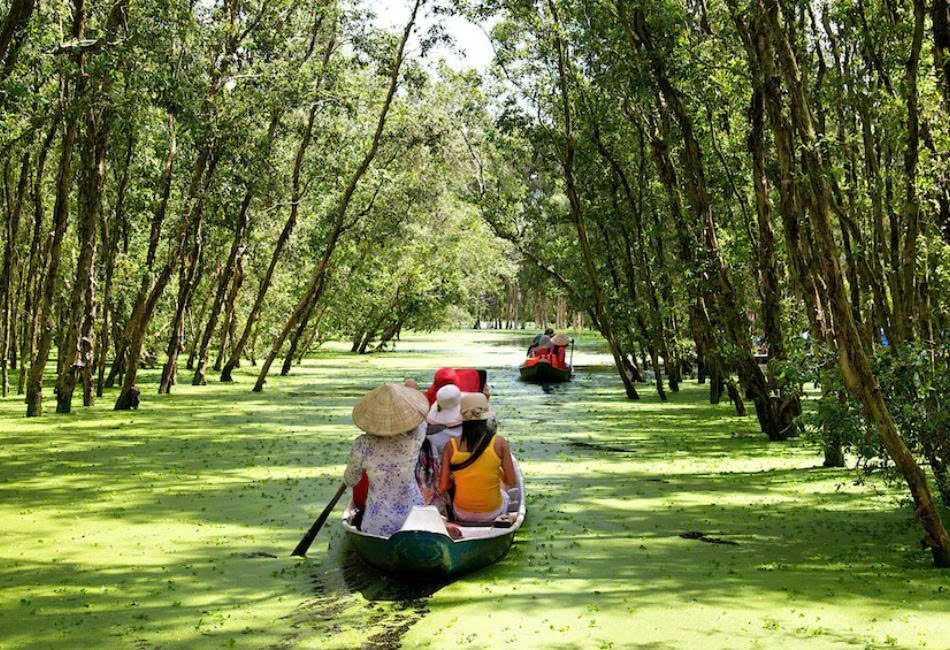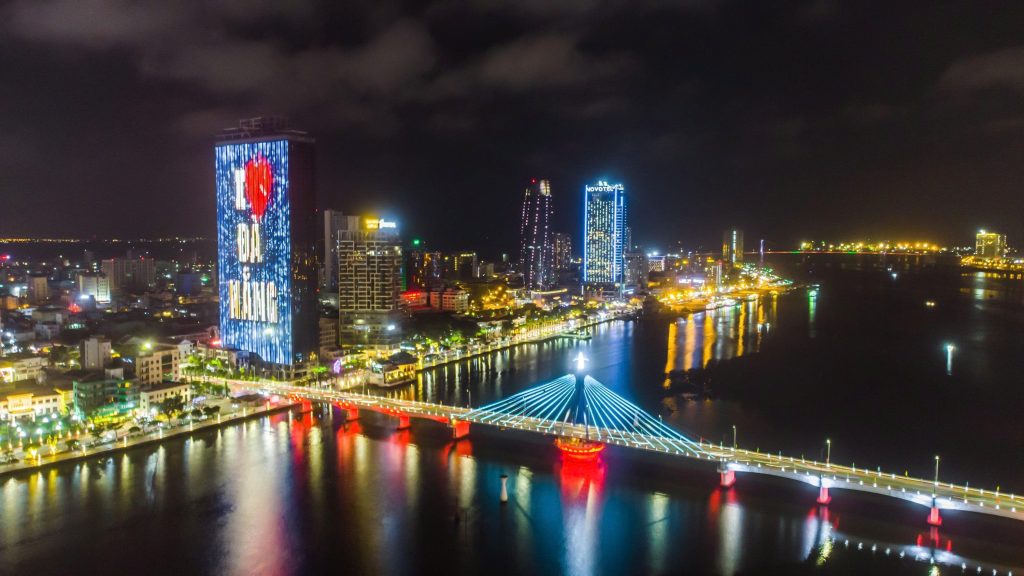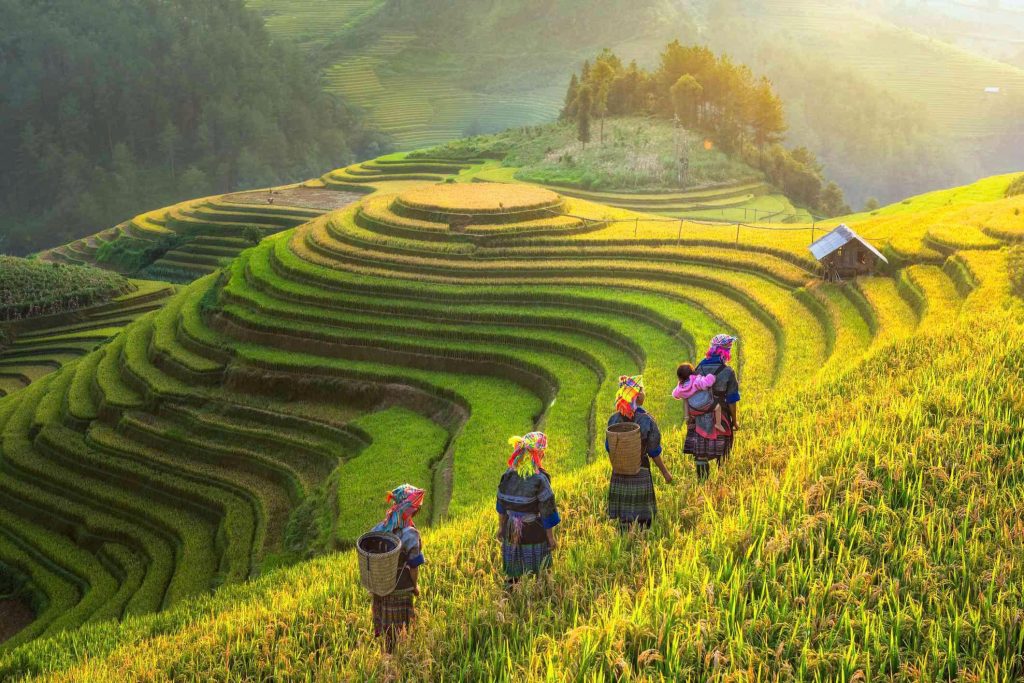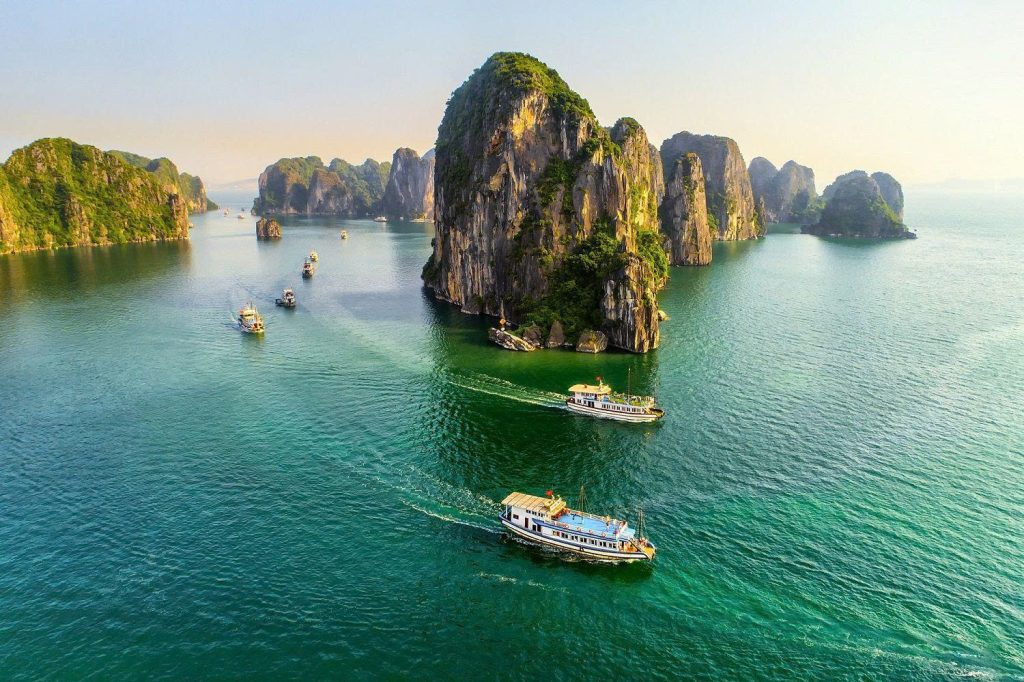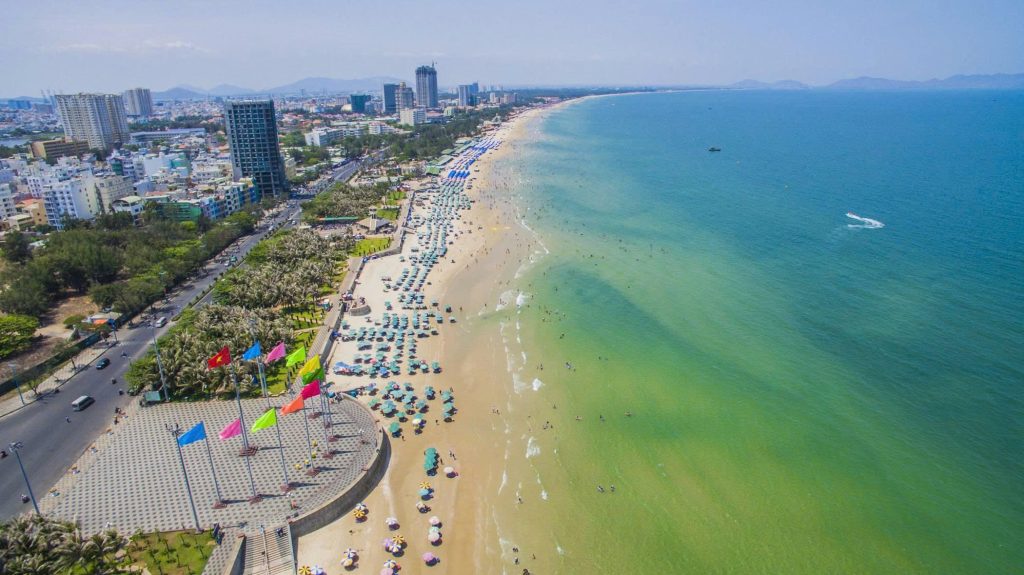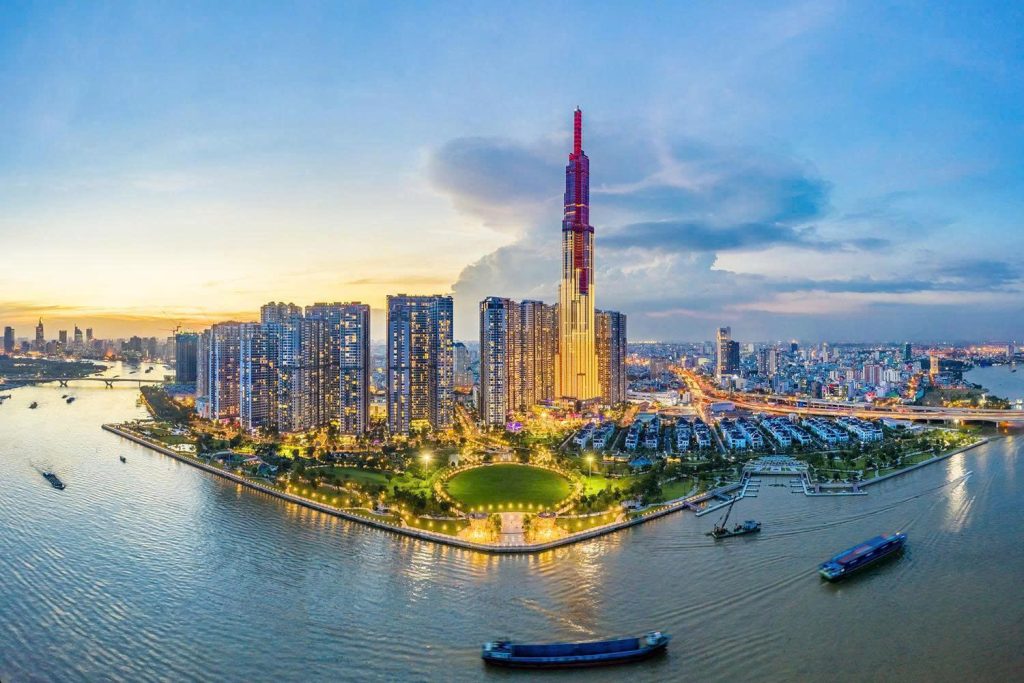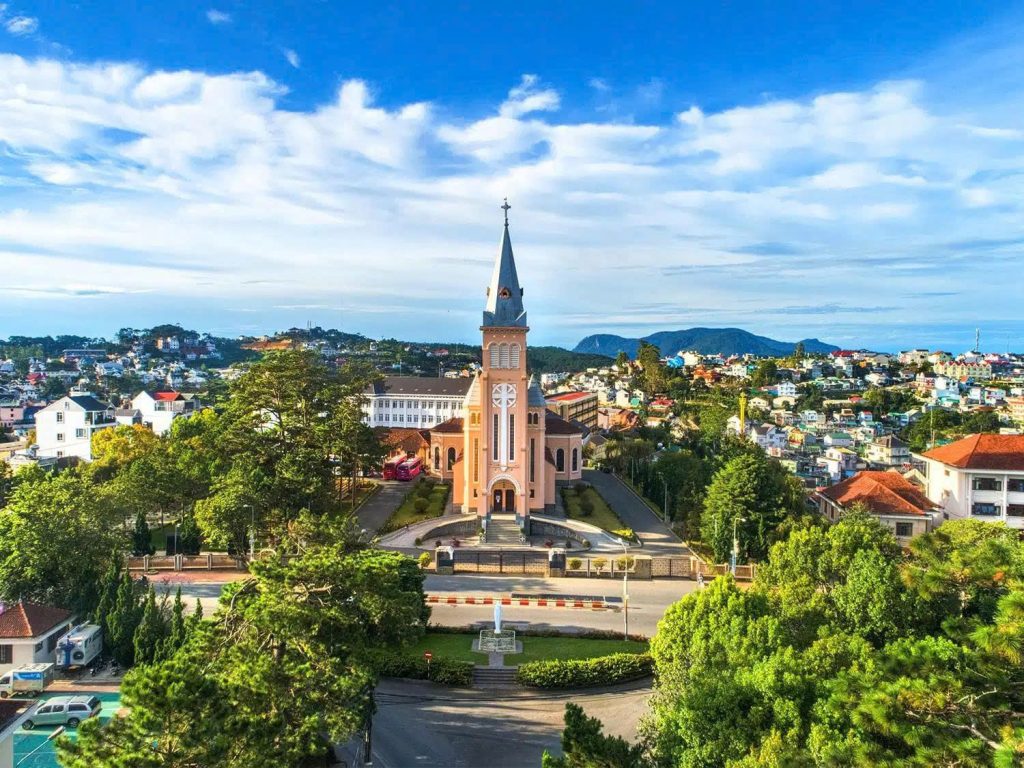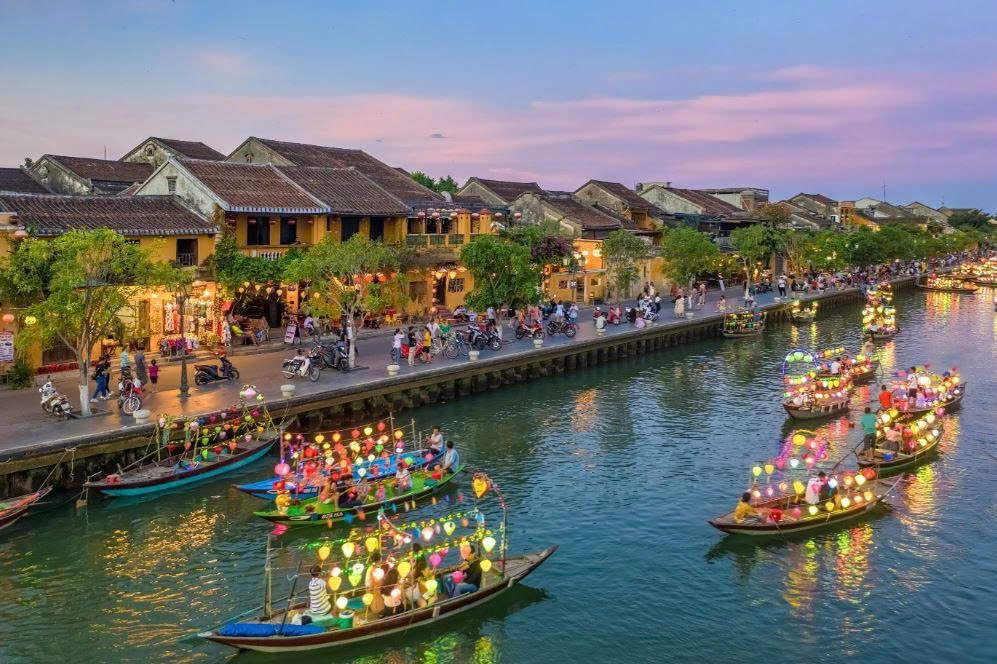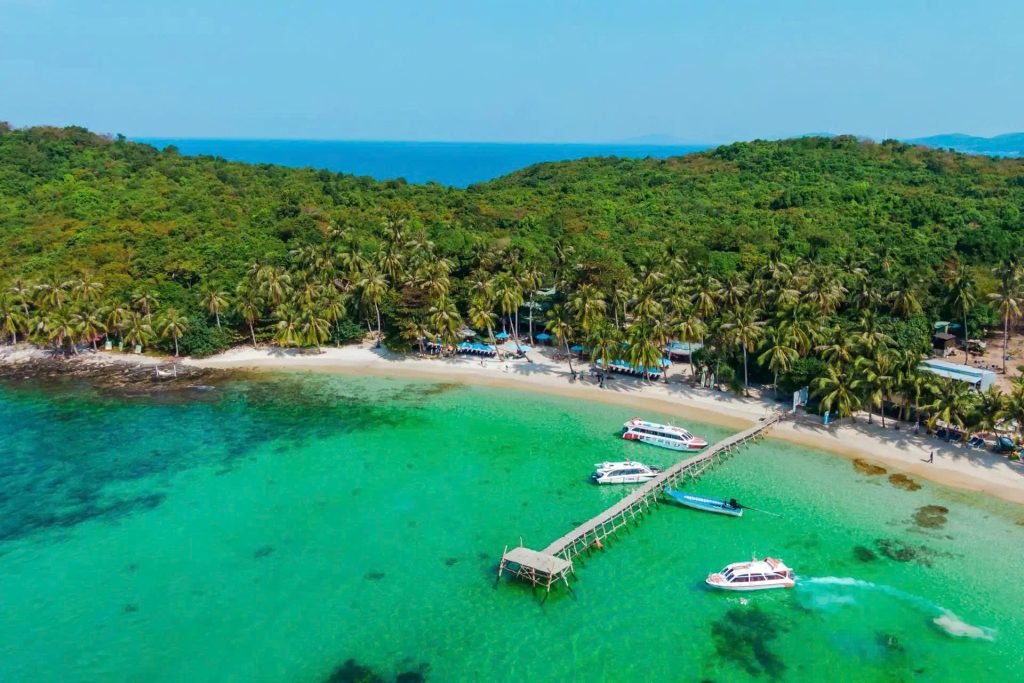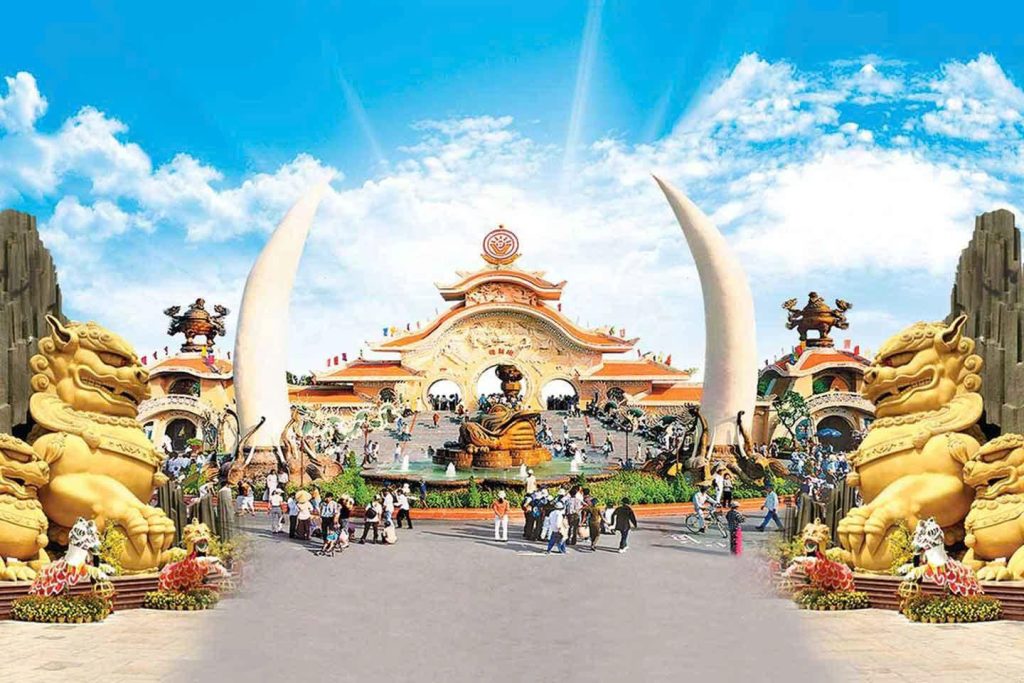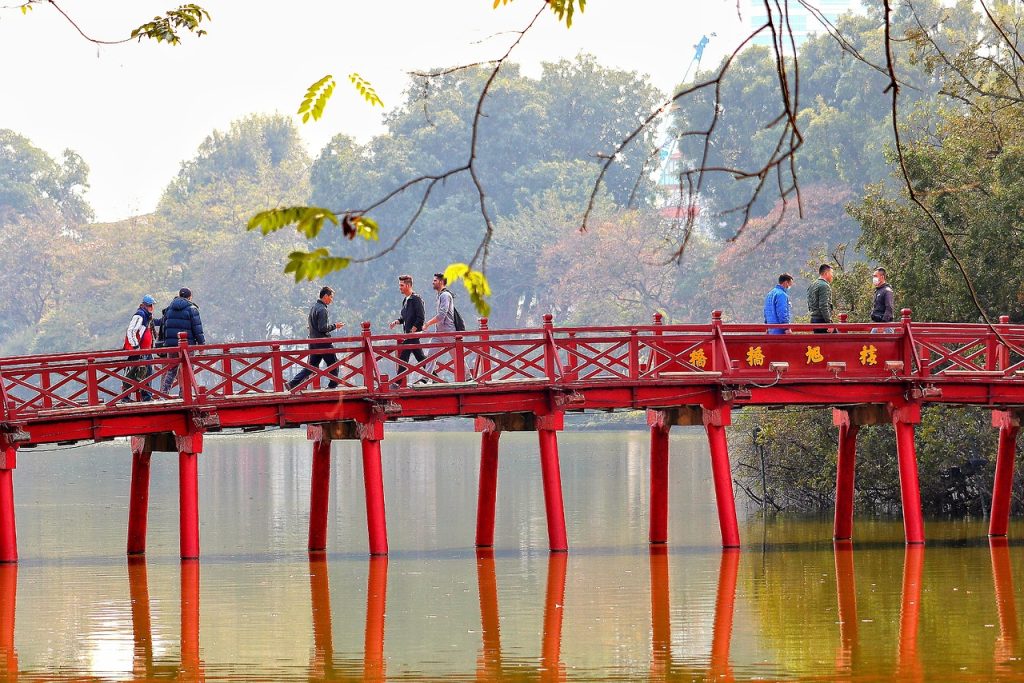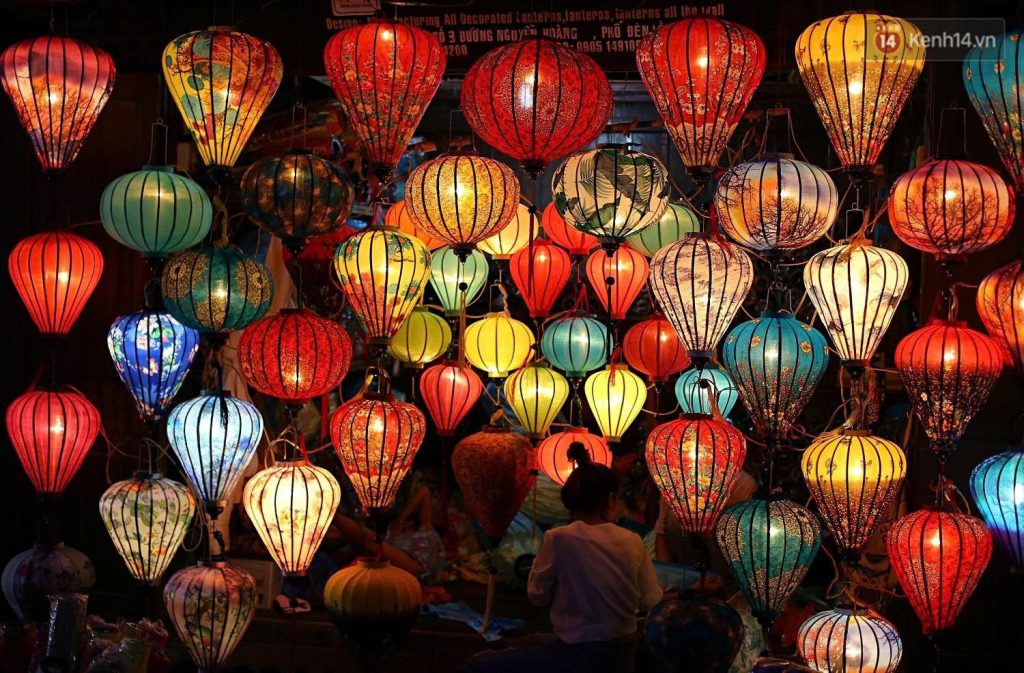Planning a trip to the Mekong Delta, Vietnam’s vibrant “rice bowl,” involves more than just picking a date on the calendar. To truly unlock its charm, understand its unique rhythm, and avoid potential discomforts, knowing the best time to visit is crucial. This guide will delve into the region’s climate, seasonal highlights, and offer practical tips to ensure your Mekong Delta adventure is nothing short of perfect.
Understanding the Mekong Delta’s Climate: Two Distinct Seasons
The Mekong Delta experiences a tropical monsoon climate, characterized by two primary seasons: the dry season and the rainy season. Each offers a different perspective of this fertile region, influencing everything from water levels to fruit harvests.
The Dry Season (November to April)
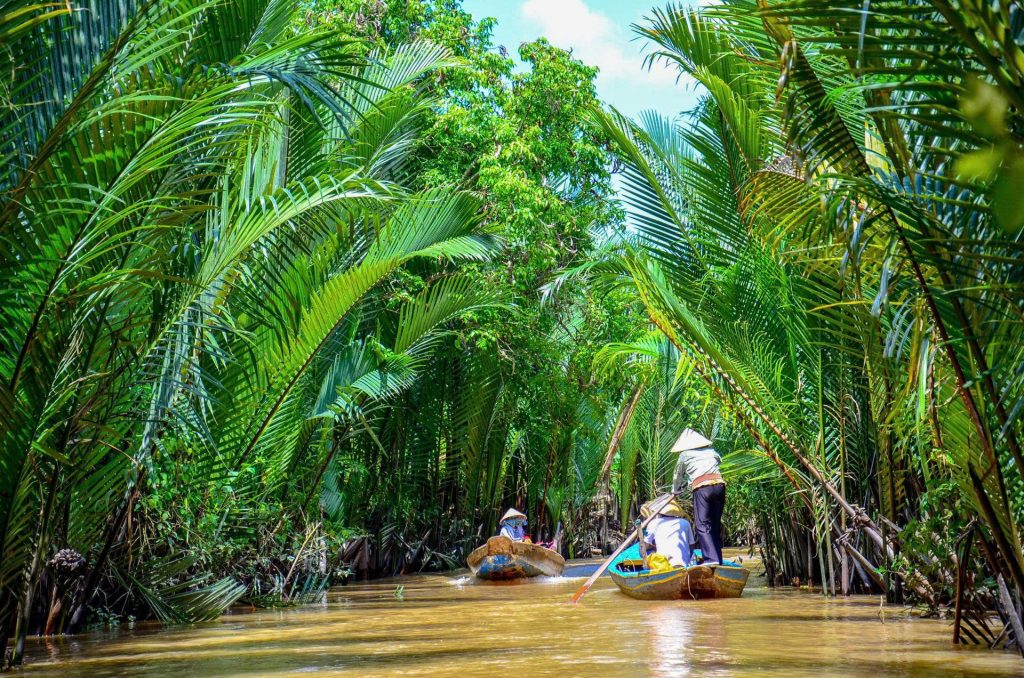
Generally considered the ideal time to visit the Mekong Delta, the dry season brings sunny skies, lower humidity, and more comfortable temperatures.
- Weather: Expect pleasant, sunny days with average temperatures ranging from 24°C to 30°C (75°F to 86°F). Rainfall is minimal, ensuring clear skies for exploration.
- Water Levels: Rivers and canals are at their calmer levels, making boat trips smooth and enjoyable. Floating markets like Cai Rang and Cai Be are typically at their most bustling, as traders can easily navigate.
- Activities & Experiences:
- Optimal for Boat Tours: The calm waters are perfect for exploring the intricate canal systems by sampan or motorboat.
- Floating Market Vibrancy: Experience the lively atmosphere of floating markets, where boats laden with fresh produce converge.
- Fruit Orchards: While some fruits are year-round, many tropical delights like durian, mangosteen, and rambutan are abundant from March to May.
- Cycling & Walking: The drier paths make cycling through villages and walking along riverbanks more comfortable.
- Bird Watching: Early dry season (November-January) is excellent for bird watching in sanctuaries like Tram Chim National Park as birds congregate around remaining water sources.
The Rainy Season (May to October)
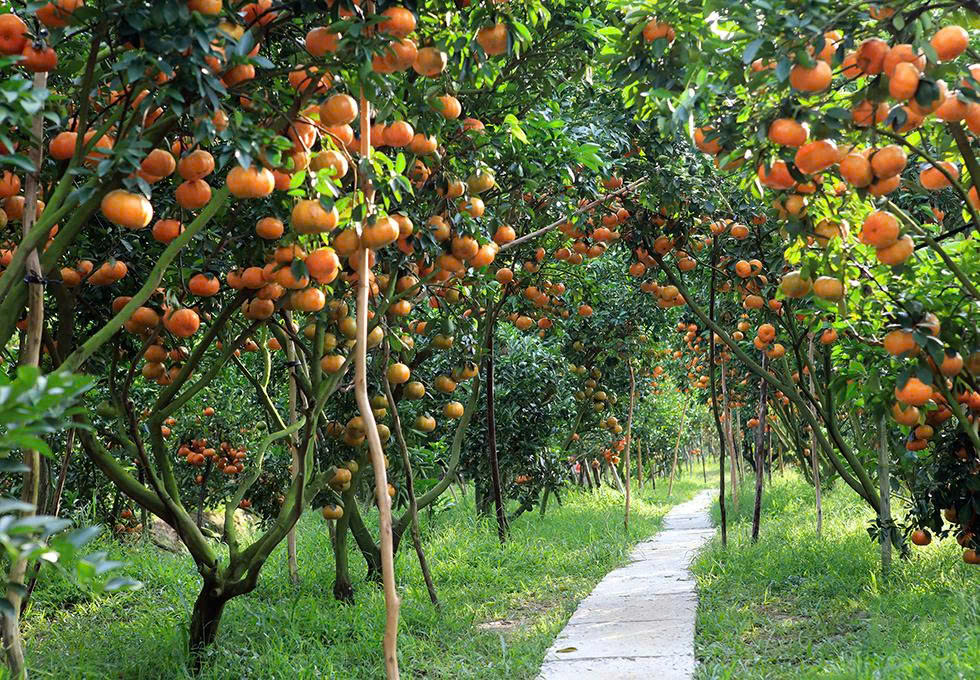
While often overlooked, the rainy season (also known as the wet season or floating season for part of it) offers a unique, lush perspective of the Mekong Delta. Showers are usually short and heavy, often occurring in the afternoon, leaving the mornings clear.
- Weather: Temperatures remain warm, ranging from 26°C to 33°C (79°F to 91°F), with higher humidity. Rainfall is significant but predictable, rarely disrupting entire days.
- Water Levels: Rivers swell, and the landscape becomes incredibly verdant. The period from August to November is often called the “Floating Season,” particularly in provinces like An Giang and Dong Thap, where water levels rise, flooding rice fields and creating unique ecosystems.
- Activities & Experiences:
- Lush Landscapes: The delta is at its greenest, with vibrant rice paddies and abundant fruit.
- Abundant Fruits: This period sees the peak of many fruit harvests, offering the freshest and most diverse selection of tropical fruits.
- Floating Season (August-November): Experience the unique phenomenon of submerged rice fields and discover a different way of life as locals adapt to higher water levels. This is an excellent time for sampan rides through flooded cajuput forests (like Tra Su Cajuput Forest) and exploring submerged areas.
- Fewer Crowds: Generally, there are fewer tourists during the rainy season, leading to more authentic experiences and potentially lower prices for accommodation and tours.
When is the Absolute BEST Time to Visit Mekong Delta?
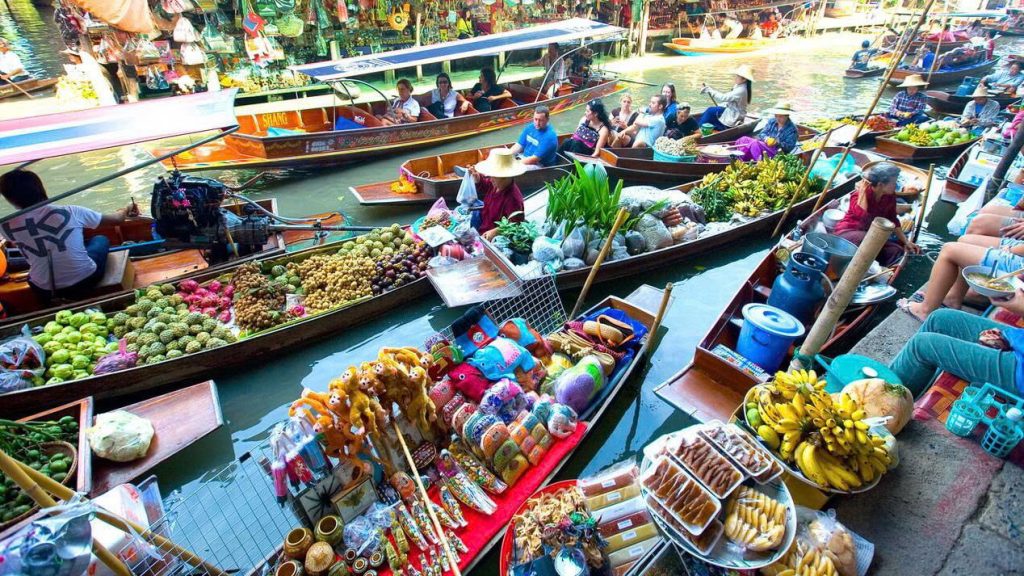
While both seasons have their charms, here’s a breakdown of the most recommended periods based on specific interests:
- For Optimal Weather & General Sightseeing (Peak Season): December to February is widely considered the best time to visit. The weather is cool, dry, and sunny, perfect for all outdoor activities without the heat or humidity.
- For Fruit Lovers & Lush Scenery: May to August is ideal. The delta bursts with life, and you’ll find an incredible variety of fresh, ripe tropical fruits. Don’t worry about the rain; it can actually be a refreshing change.
- For Unique Floating Season Experience: August to November (especially late September to October) offers a distinct perspective. Witness the elevated water levels, see daily life adapt to the floods, and explore wetlands teeming with life in areas like Chau Doc and Long Xuyen. This period is particularly fascinating for photographers and those seeking a less conventional experience.
- During Festivals: Consider planning your trip around local festivals for a deep cultural immersion.
- Tết Nguyên Đán (Lunar New Year): Usually late January or February. While many businesses close, the atmosphere is vibrant, and you can witness traditional celebrations.
- Ba Chua Xu Festival (Chau Doc, An Giang): Typically in late April or early May (lunar calendar). A major spiritual event drawing thousands of pilgrims.
- Oc Om Bok Festival (Soc Trang): In November (lunar calendar). A colorful Khmer festival featuring boat races and traditional performances.
Practical Tips for Your Mekong Delta Trip
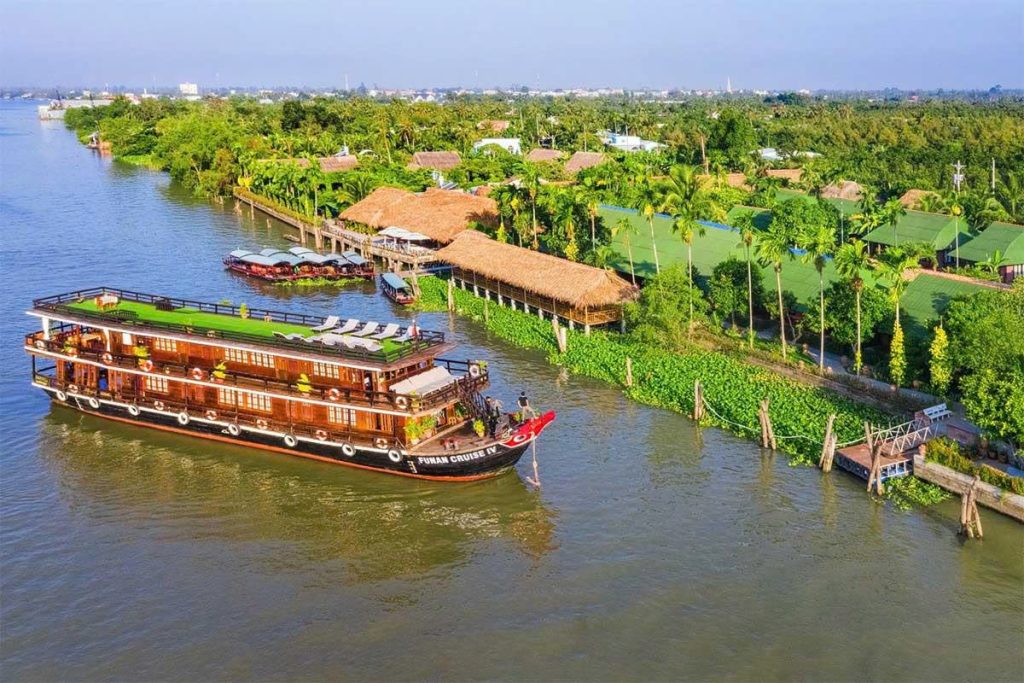
- Packing:
- Dry Season: Light, breathable clothing (cotton, linen), sunscreen, a hat, sunglasses.
- Rainy Season: Light, quick-drying clothing, a light rain jacket or umbrella, waterproof shoes or sandals, insect repellent. Always carry a small backpack for essentials.
- Transportation: Buses from Ho Chi Minh City are economical. Once in the delta, boat tours are essential for navigating waterways, and bicycles offer a charming way to explore rural areas.
- Accommodation: From comfortable hotels in cities like Can Tho to authentic homestays in rural areas, booking in advance, especially during peak season or festivals, is advisable.
- Food: Embrace the local cuisine! Enjoy fresh seafood, unique noodle dishes, and an abundance of tropical fruits. Don’t shy away from trying food from floating vendors at markets.
- Respect Local Culture: The Mekong Delta is home to diverse communities. Be mindful and respectful of local customs and traditions, especially when visiting temples or rural areas.
RELATED: Mekong Delta Homestay Experience: Unveiling the Authentic
Ultimately, the “best time to visit the Mekong Delta” largely depends on your personal preferences and what you hope to experience. Whether you prefer the dry, sunny days for comfortable exploration, the lush, vibrant landscapes of the rainy season, or the unique allure of the floating season, the Mekong Delta promises an unforgettable journey. By understanding its distinct rhythms, you can tailor your visit to discover the authentic beauty and resilient spirit of Vietnam’s verdant heart.
- Top 10 Hanoi Rooftop Bars with Beautiful Views
- Where People Believe They Make the Best Bread in the World
- Best 10 Places to Visit in the Philippines: Your Ultimate Guide
- The Sky Pool London: Swimming Between Skyscrapers 115ft Above the City
- How Much Salary Need for a Comfortable Digital Nomad Life in Vietnam?

